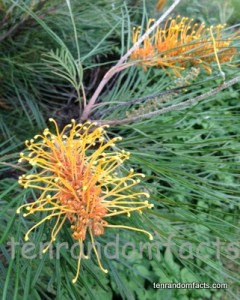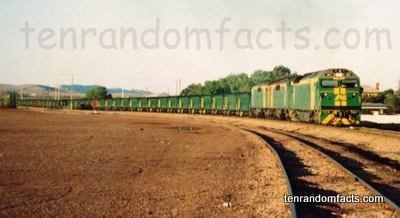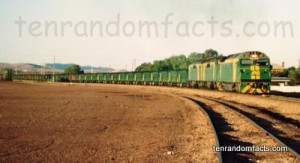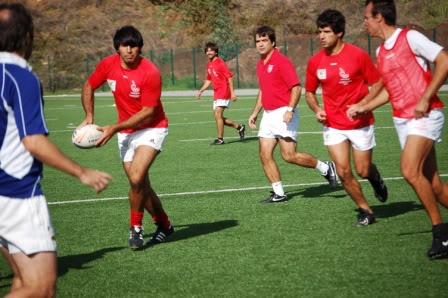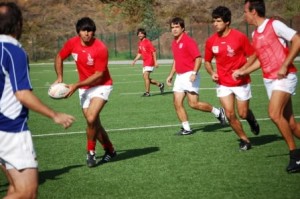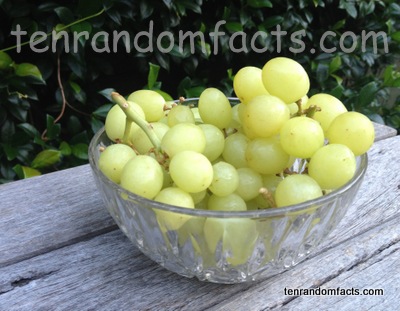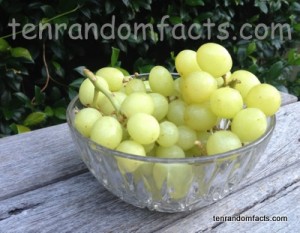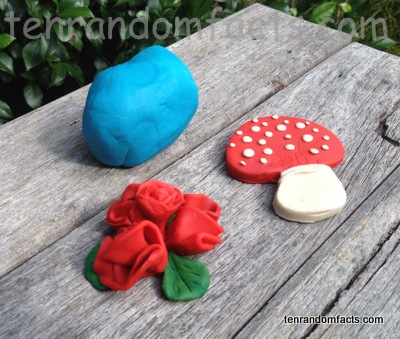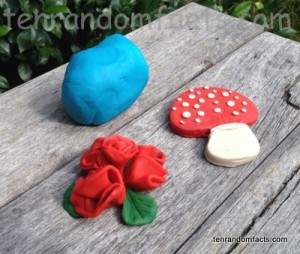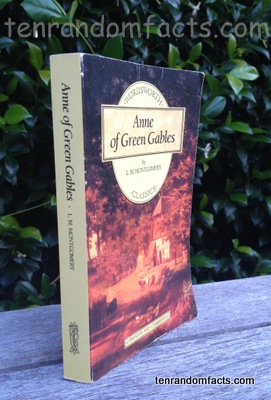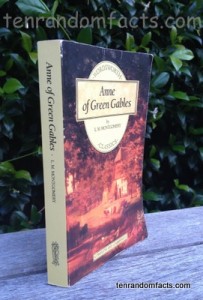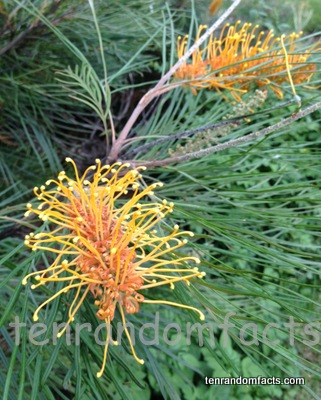
There not the best brush!
- There are over 360 species of grevillea.
- Grevillea are evergreen, flowering plants from the family “Proteaceae’.
- Grevillea can grow from 50 cm (20 inches) to 35 meters (115 feet) tall.
- Grevillea is native to Australia, New Guinea, New Caledonia, Sulawesi and Indonesia.
- Grevillea is also known as spider flower, silky oak and toothbrush plant.
- The flowers of grevillea are long and brush like and can be yellow, orange or red in colour.
- Grevillea is named after Charles Francis Greville, one of the founders of the Royal Horticultural Society.
- Grevillea flowers contains a sweet nectar that humans can drink, depending on the cultivar, as some of them have nectar containing poisonous cyanide.
- Grevillea flowers attract many birds and insects, especially honeyeaters.
- Grevillea bloom all year round and are popular garden plants.



